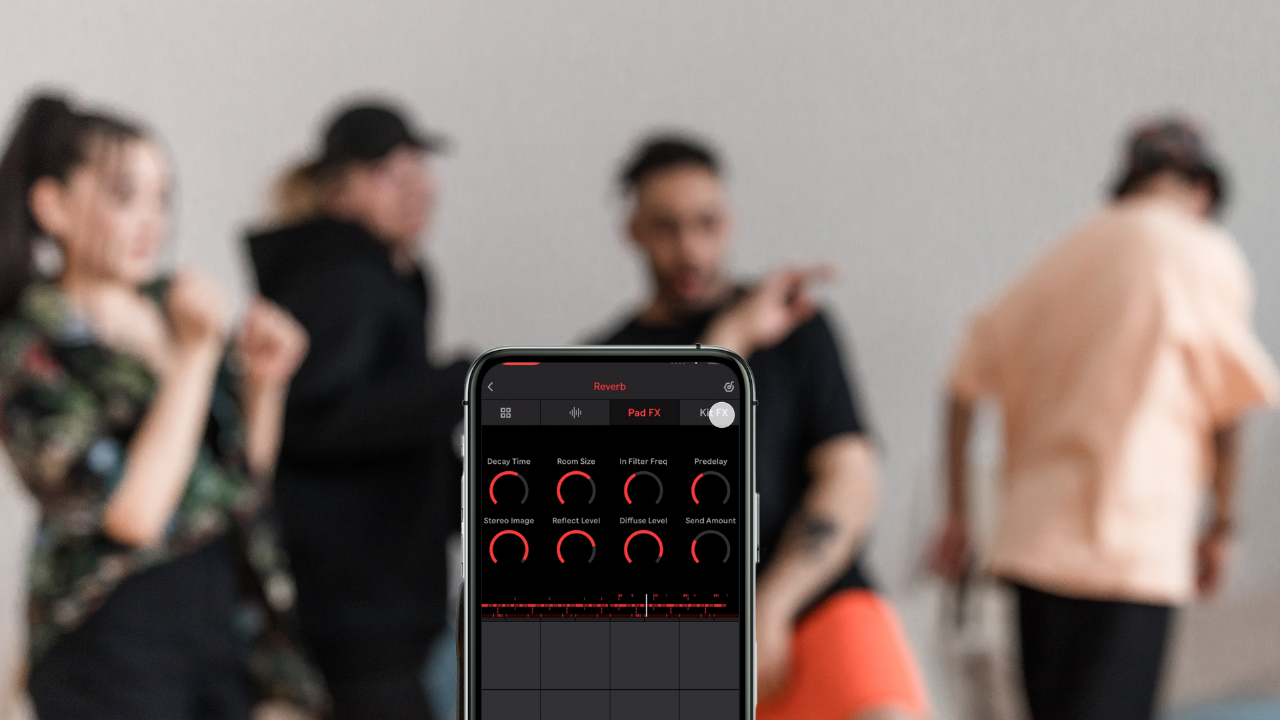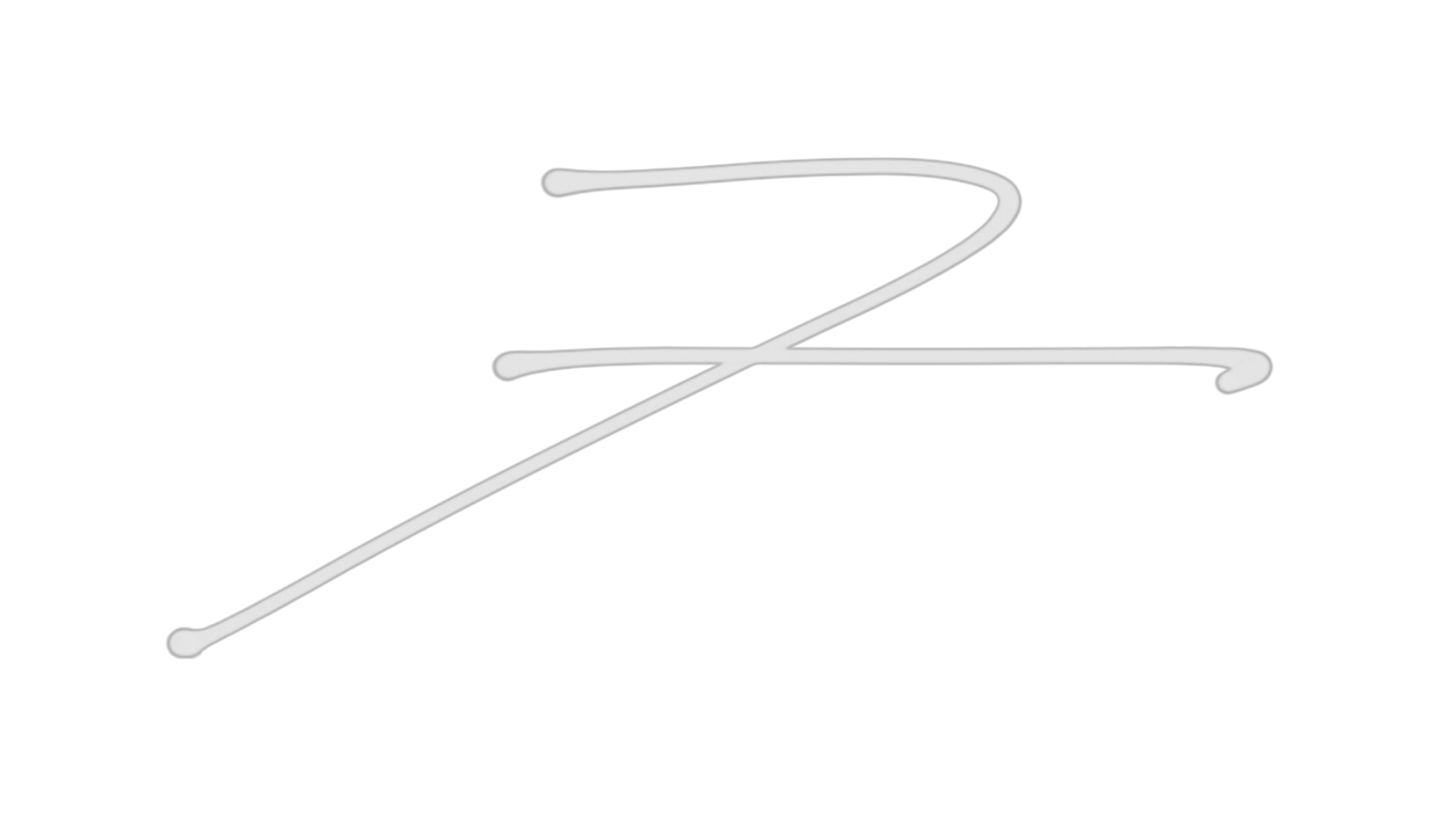Beatmaking with Ableton Note: Sketching Beat ideas with Music Making Apps

Ableton released their new iOS app called Note this week. Ableton Note is a music making app for beginners, songwriters and beatmakers that allows you to quickly sketch out song and beat ideas on your mobile device. It's a great tool for quickly capturing ideas on the go, and for getting a feel for how a beat might sound before diving into a full-fledged production session. When making a beat with Ableton Note you can use some of the same instruments and effects found in Ableton Live - Ableton’s DAW (Digital Audio Workstation). You can even export your ideas from Ableton Note and finish off your beat idea in Ableton Live as a complete song.
In this article I’ll go over the process of how to get inspired to start sketching ideas for beats and what to do with the beat ideas once you’ve created them.
How to Get Started Sketching Beat Ideas
Start with something that inspires your creativity or even simply calms your mind before you begin writing a beat.
A Song Title: Having a title in mind gives you an idea of what it might sound like or which instruments to choose. "Meta Balloons" or "Dinosaur Torpedo".
A Prompt: Writing with a prompt gives you some direction. “Write a song about what video games will look like like in the future” or “Write a song about New York”.
A Limitation: “I’m going to write a beat with no bass line.” “I’m only going to use these 2 notes.” Limitations give your busy mind a challenge to focus on.
An Intention: Set an intention for what you are about to do. You are now programming yourself for success.
Deep Breaths: Bring your mental focus to your breathing and calm your mind before you begin.
 Read my complete breakdown of Ableton Note here.
Read my complete breakdown of Ableton Note here.
How Can I Tell if My Beat Ideas are Any Good?
Find a place to store your raw ideas and give yourself some space between when you create vs when you judge or edit ideas.
Ask Randos: Play your beats for people who don’t obsess about music and beats (like you do) and find out which ideas they like the best.
Time: Put it away and listen to it later. Give it a week or a month and see if you love it later.
Organize: Keep them all in a folder and rate them or separate them into sub folders (The Good, The Bad and the Ugly?).
80/20: Remember that according to the 80/20 rule you will probably come up with the main parts of your beat very quickly. Don’t spend too much time fine tuning an idea until you decide it’s worth continuing with it.
Memorable: Is one of your beat ideas stuck in your head all the time? That's the one you should focus on.
Which Instruments Should I Use for My Beat Ideas?
You can of course do anything you want but there are some tried and true ways to go about beatmaking.
Kick Drum: The punchy pulse that works with the bass line to create motion and the low frequency push. Usually plays on the downbeat.
808/Bass line: The original 808 was actually a synthesized kick drum that got extended, de-tuned and manipulated into a tuned bass line over the years. Sets the tuning reference for the root note of the song.
Snare drum: The snappy and explosive answer to the kick drum creates excitement in the midrange. Usually plays on the backbeat.
Hi-Hat: This is where you can show off your beat making skills by running a masterclass by skipping through all the possible note divisions to tell a story. Modulating the pitch ads extra style.
Chord Progression: Find 3 or 4 chords that sound nice together and loop them until it gets boring and then switch it up. Add some delay and reverb to linger in the listener’s mind a little longer.
Shots: Throw a little random excitement in there once in a while or your beats will sound bo-ring!!!! Try a vocal phrase, a reverse cymbal, or a piano note with a long reverb.

How Many Song Sections Should I Create?
You’ll probably want to avoid only having an amazing 8 bar loop that spins endlessly and goes nowhere but that would be a great place to start.
Chorus: Start with the chorus or hook of the song. It should have a memorable melody and rhythm and maybe even a temporary song title or some lyrics.
Verse: This is the storytelling section where the rap verse would usually be. You can keep the instrumentation sparse so you can always hear the vocals.
Intro/Outro: How are you going to get into the song and how are you going to get out? Try introducing a new instrument every 1, 2 or 4 or bars in the intro but try to keep it relatively short and interesting.
Conclusion: Sketching out beat ideas is a great way to make music without the pressure of having to complete full songs. Separating the creation of the song idea with your judgement of it should give you a better idea of which ones are worth finishing. If you're having trouble coming up with ideas, try starting with a basic chord progression or melody line and build from there. Once you have a few ideas, you can start to flesh them out and see which ones have the most potential. Don't be afraid to experiment and go in directions you didn't expect - that's often where the best ideas come from.

Futch - Music Production Coach, Ableton Certified Trainer
#ableton #note #live #beatmaker #songwriter #producer
24 week live online classes and on-demand video training:
• Music Production Fundamentals • Writing Exciting Songs • Designing Your Artistic Vision





